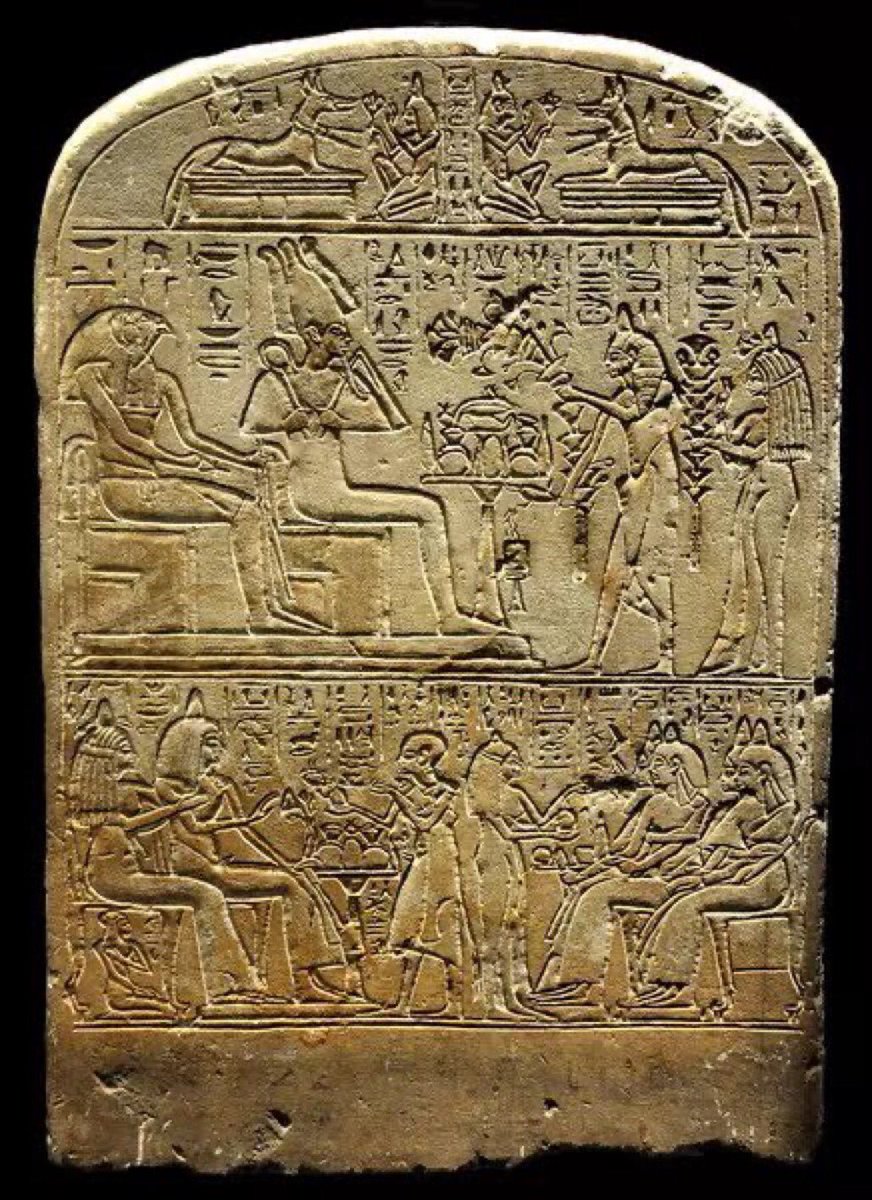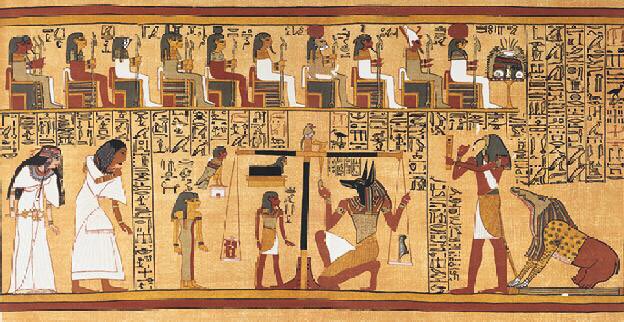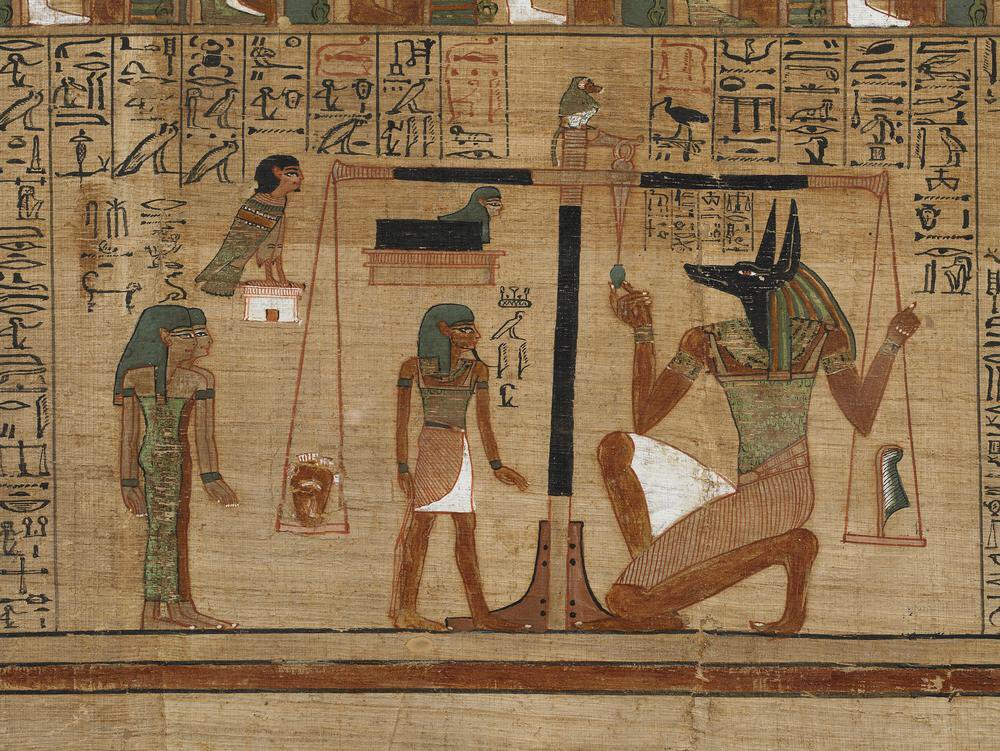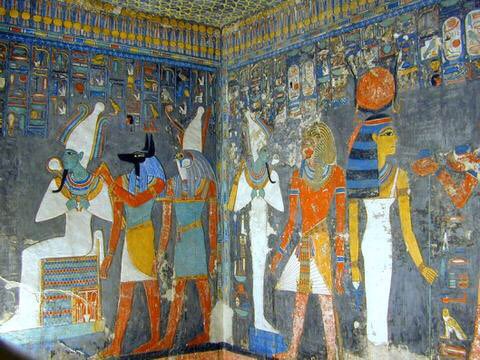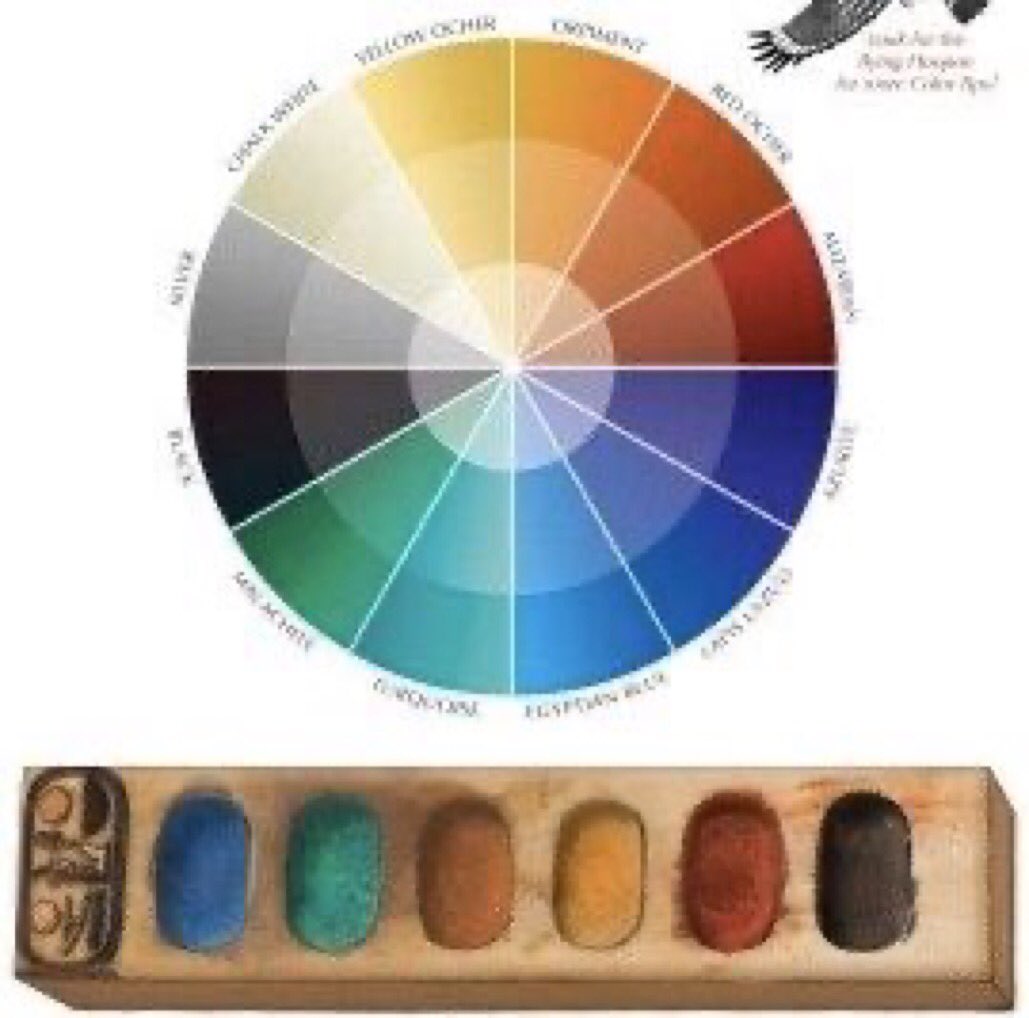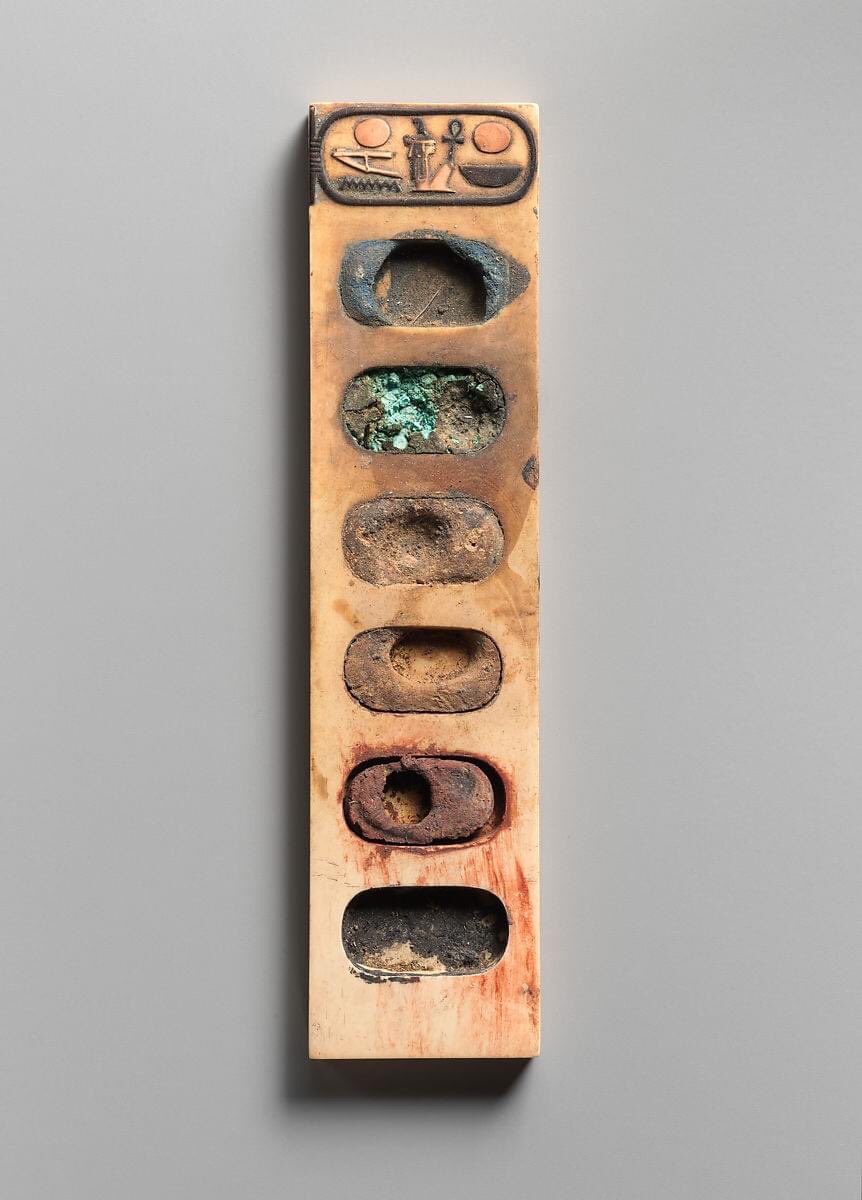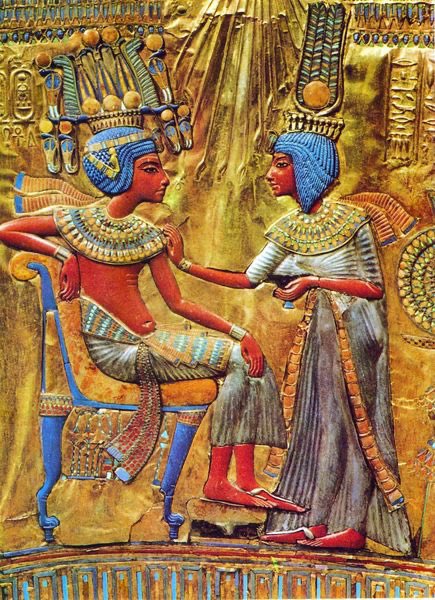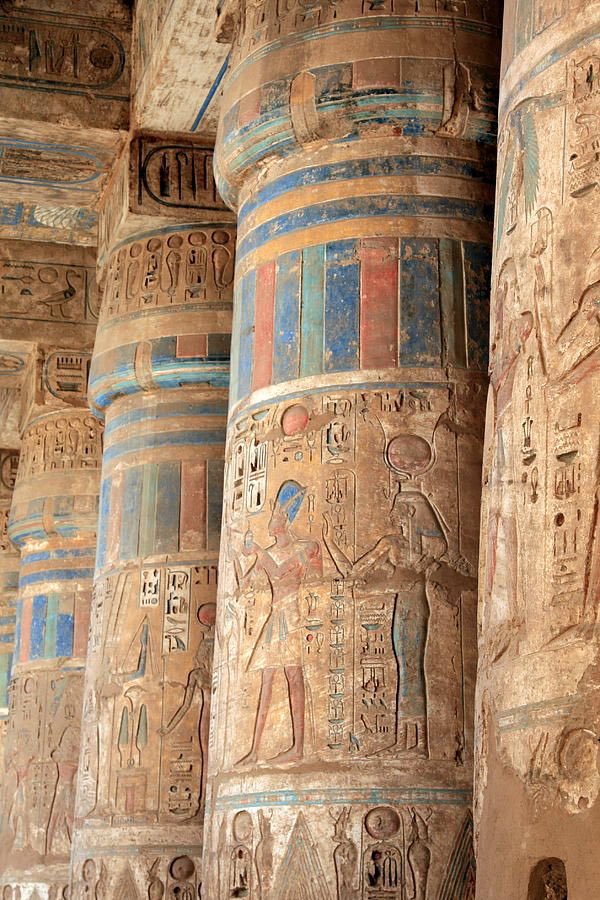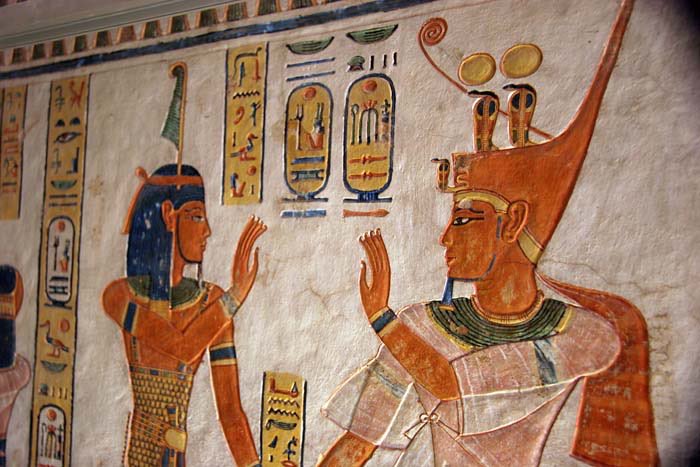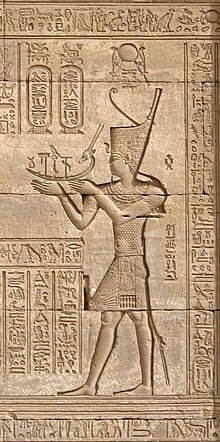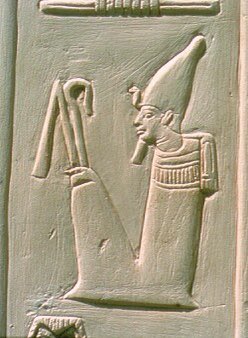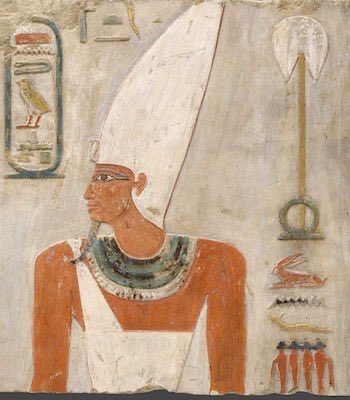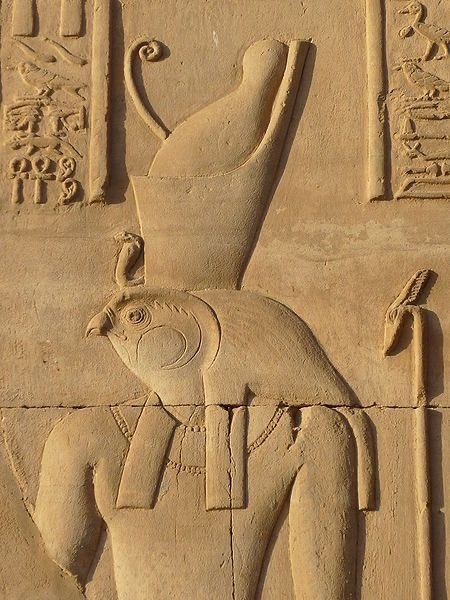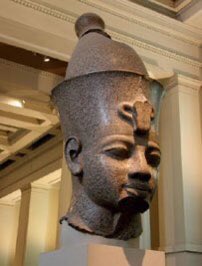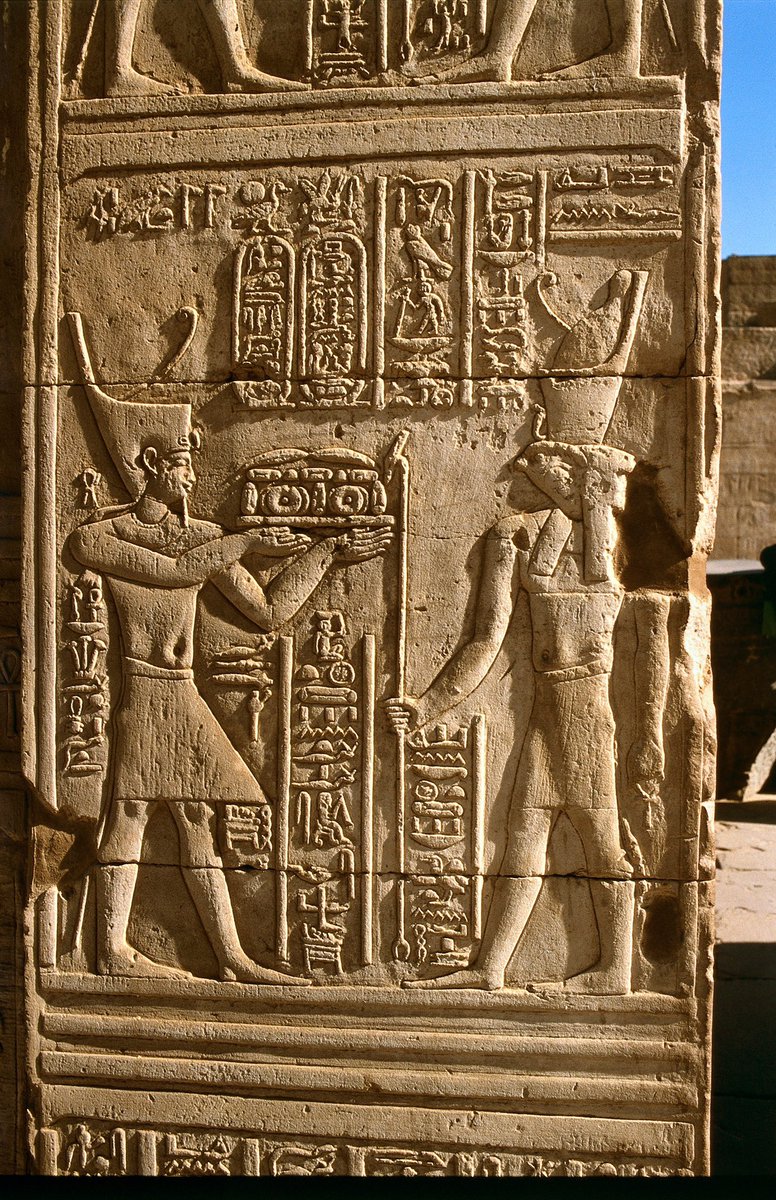
Appearance was very important for ancient Egyptians, and they are known as a symbol of ancient beauty, vanity, and hygiene. The way they looked and their hair style represented their wealth, status, role in society, gender and age. 

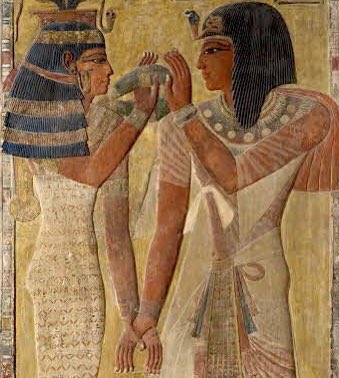
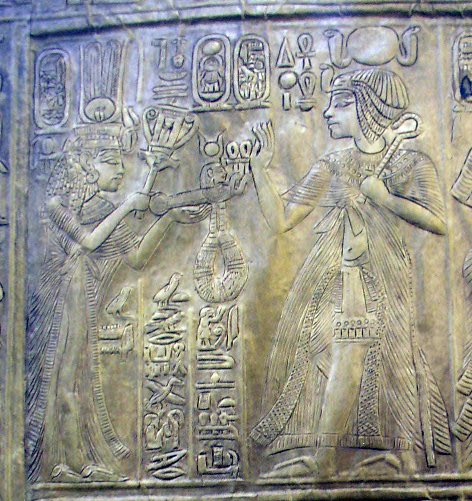
Slaves and lower class couldn’t have the same hairstyle as a free person or the upper class. Men usually wore their hair short, women wore their hair long or short and boys and girls had their hair shaved off with only a long lock of hair left on the side of the head. 

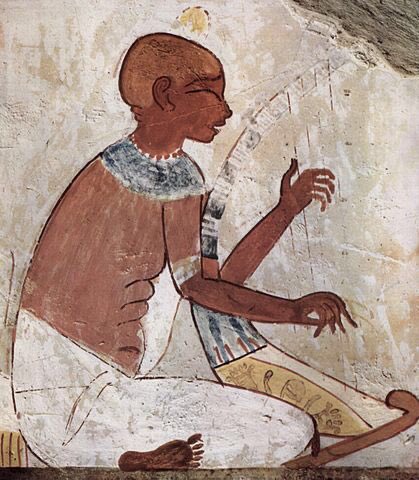

Wigs were used for the daily life of the royals, but also at major festivals and events. Egyptian wigs usually were made in a structure similar to the helmet, like the Nubian style. Some of them were brightened blue, red or green, and decorated with precious stones and jewelry. 



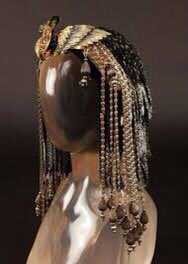

People who belonged to the upper class had many wigs, the more wigs they owned, the higher their status. After death, people were often buried with their best wigs to appear as wealthy and beautiful in the afterlife. Thanks to this practice, many wigs have survived till now. 



Anc. Egyptians used wigs not only for beauty but to fight lice and cover their grey. They improved the technique of making wigs to perfection. The royal wigs looked like real hair and were made of vegetable fiber, sheep’s wool, animal and human hair stiffened with beeswax. 




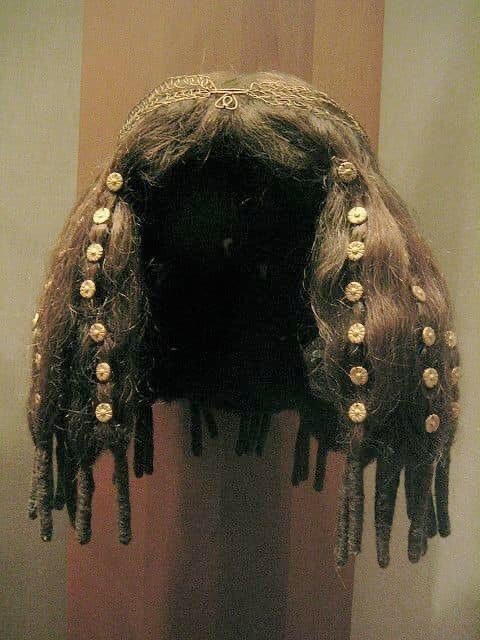
Researchers from the Univ. of Manchester examined the hair from 18 mummies, most from the early Ptolemaic period, the analysis discovered that the hair of 9 mummies had an unknown substance on it made of fatty acids of animal or plants, a sort of hair gel to keep it in place. 


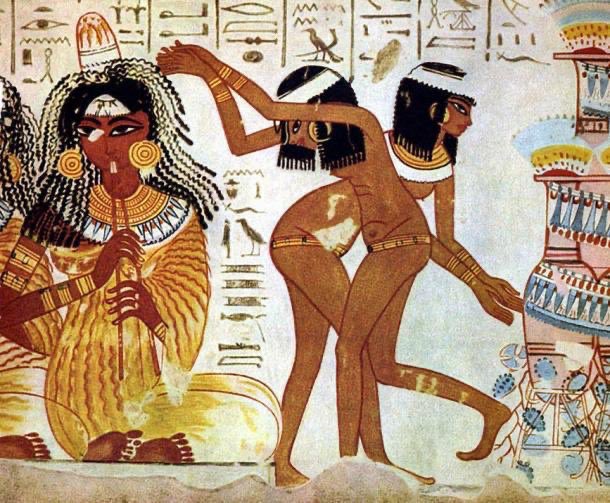
• • •
Missing some Tweet in this thread? You can try to
force a refresh



